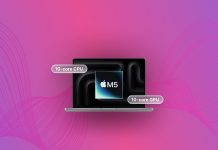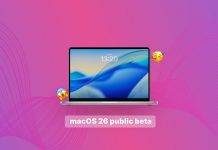
If this is your first accidental deletion of important data from your MacBook Pro, then we have bad news for you: it probably won’t be the last. But there’s also good news: learning how to perform MacBook data recovery isn’t difficult nor expensive.
In this article, we describe several effective methods and tools that can help you recover data from your MacBook Pro hard drive in no time. We also discuss the most common reasons for MacBook Pro data loss so that you know what to watch out for in the future.
Table of Contents
Pitfalls of Data Recovery from Mac SSD
Recovering data from an SSD (solid-state drive) is trickier than restoring a traditional hard drive. This is primarily due to the TRIM function, which was designed to optimize the drive’s “garbage disposal” process.
| Hard Disk Drives | Solid State Drives |
| Step 1: User deletes the file. | Step 1: User deletes the file. |
| Step 2: The HDD marks the file’s data block for overwriting. | Step 2: The SSD proactively erased the data in the deleted file’s block so new file data can immediately be stored. |
| Step 3: Whenever a new file is saved, its data takes up the data block of the old file’s data by overwriting it. |
As you can see, SSDs take fewer steps to free up data blocks, which makes it perform much faster because files don’t have to wait for the overwriting process.
However, this makes it a lot harder to restore data because most recovery technology relies on reconstructing the data left in the block. With this in mind, here’s a quick guide for turning off TRIM to make future recovery easier:
- Open the Terminal app (Finder > Applications > Utilities).
- Type the following command and hit Return:
sudo trimforce disable
Enter your password if prompted.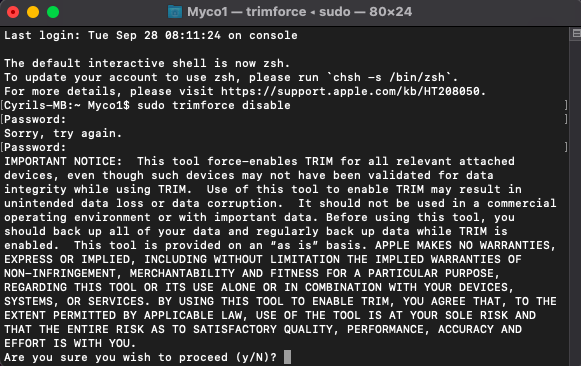
- When asked if you wish to proceed, hit the Y key to confirm.
Methods to Recover Deleted Files from MacBook Pro Hard Drive
As a MacBook Pro user, you can choose between several different data recovery methods, each capable of addressing different data loss scenarios. Let’s go over the most useful methods and describe how they work and in which situations they should be used.
Method 1: Time Machine
![]() Time Machine is Apple’s homegrown backup software application, and it’s distributed as part of macOS. Time Machine keeps local snapshots as space permits, hourly backups for the past 24 hours, daily backups for the past month, and weekly backups for all previous months.
Time Machine is Apple’s homegrown backup software application, and it’s distributed as part of macOS. Time Machine keeps local snapshots as space permits, hourly backups for the past 24 hours, daily backups for the past month, and weekly backups for all previous months.
If Time Machine had backed up your data prior to their deletion, then you can painlessly recover them from your Time Machine backup:
- Make sure your Time Machine backup drive is connected to your MacBook Pro.
- Click the Time Machine icon located in the Menu Bar and choose Enter Time Machine.
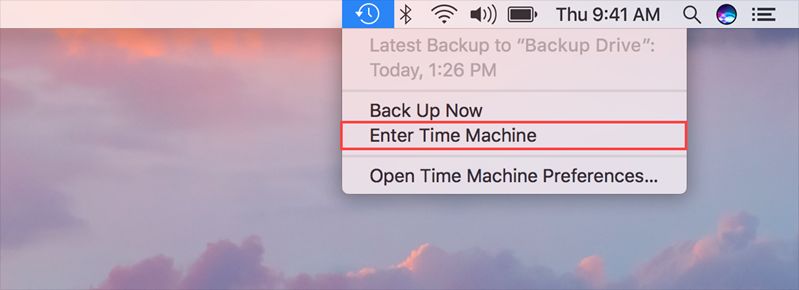
- Navigate to the folder that used to contain the deleted files.
- Use the navigational arrows or timeline on the right to find a backup copy of the folder that contains the deleted files.
- Select the files you want to recover and click Restore.
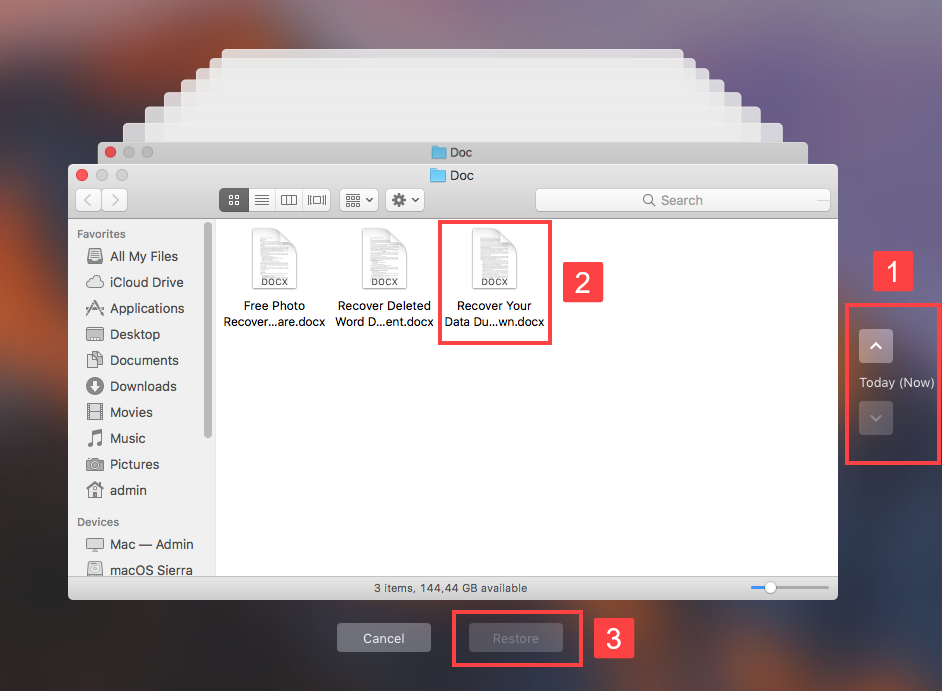
Method 2: Data Recovery Software
If you don’t have a backup of your Mac files, you can try scanning it with data recovery software. Data recovery software is a tool that can restore deleted files using the leftover data on the disk.
We’ll demonstrate this process using an app called Disk Drill, which we recommend for Mac Pro users because it’s usually one of the first apps to support new macOS releases and it fully supports both APFS and HFS+ file system formats. It also has one of the largest file signature databases for Apple-based files, such as Pages documents, MOV videos, Logic Pro files, etc.
It’s also easy to use for beginners and it has one of the best preview tools among its competitors (you can view recovered videos in their entirety from within Disk Drill).
- Connect an external storage device to your Mac, ensuring that it has enough storage space for your recovered files (and about 500 MB additional space for a Disk Drill installation). It also needs to be formatted to APFS (use Disk Utility if you have to).
- Open Safari. On the menu bar, click Safari > Settings…
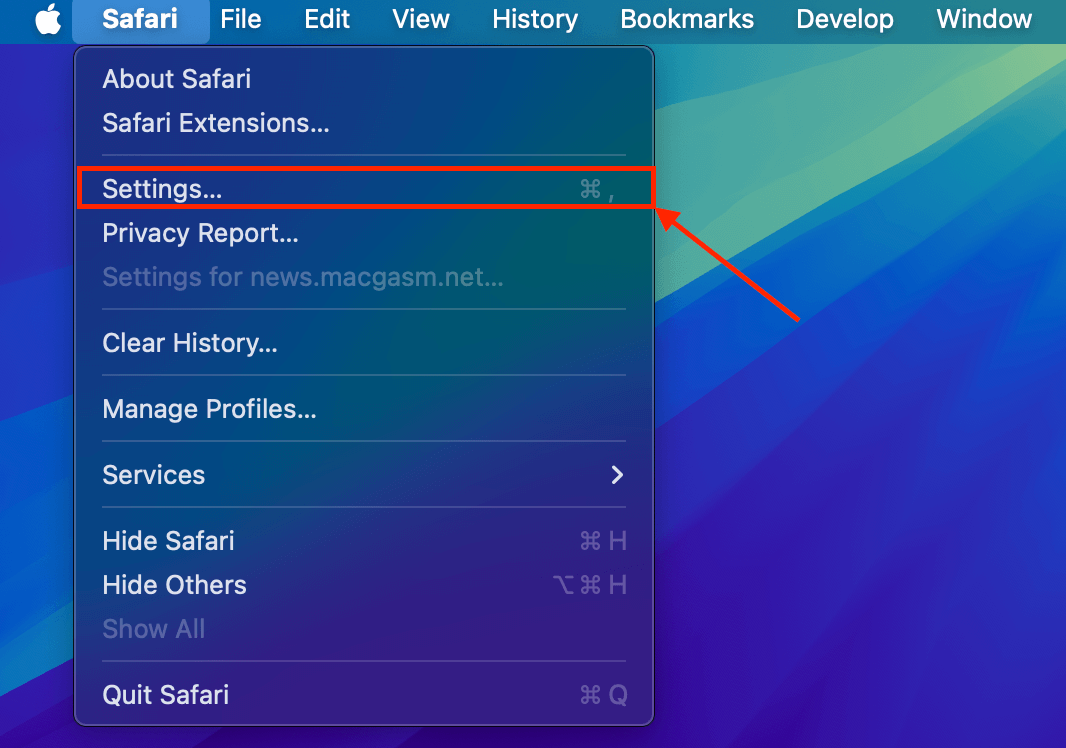
- In the General menu, click the dropdown menu button beside File download location and select Ask for each download. This is to ensure that the downloading and installation of Disk Drill won’t overwrite your data. Close the window.
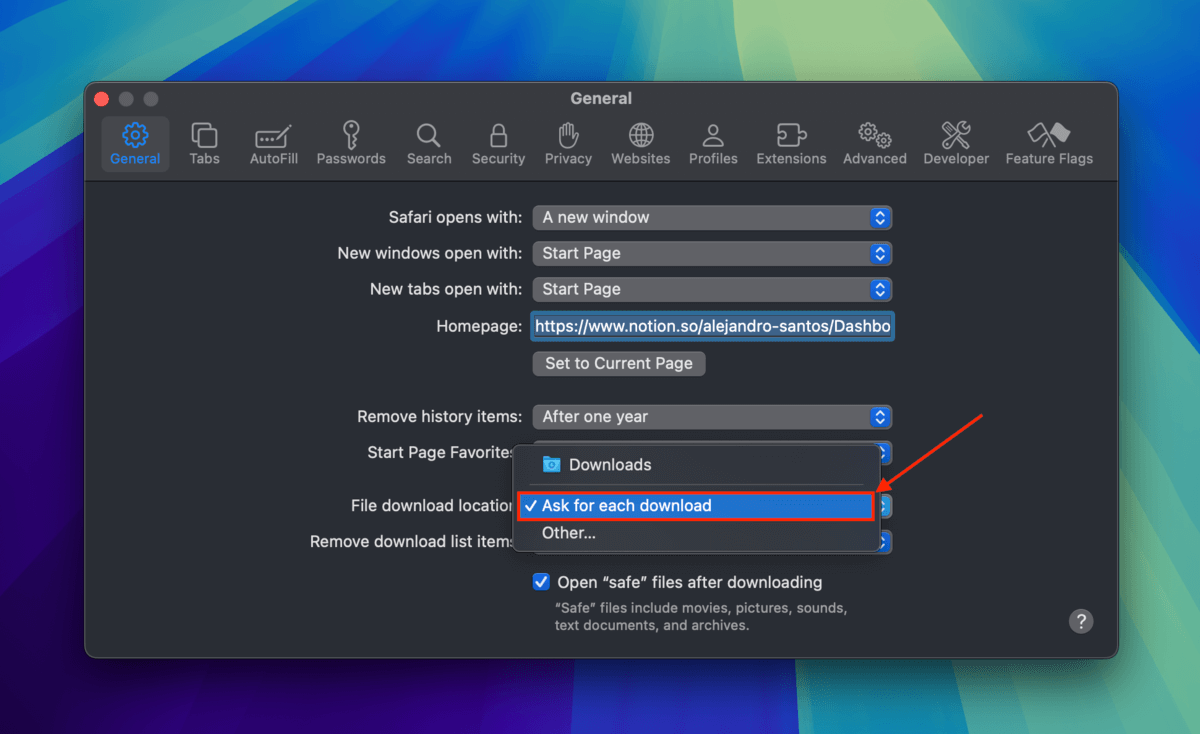
- Download Disk Drill from the CleverFiles website. When asked by Safari where to save the downloaded installer, select the internal storage device you connected to your Mac in step 1.
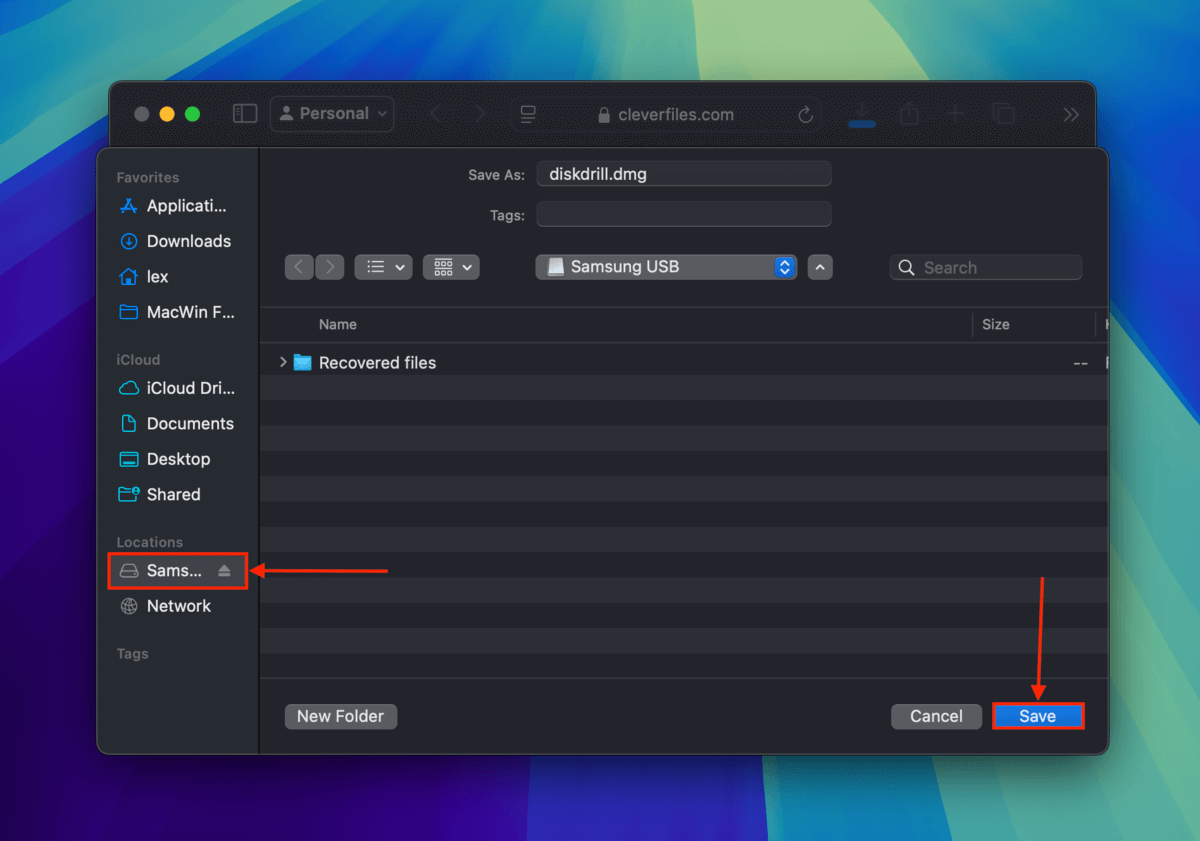
- Double-click the installer. When Disk Drill asks you to drag its icon to your Applications folder, drag it instead to your external storage device to install it there.
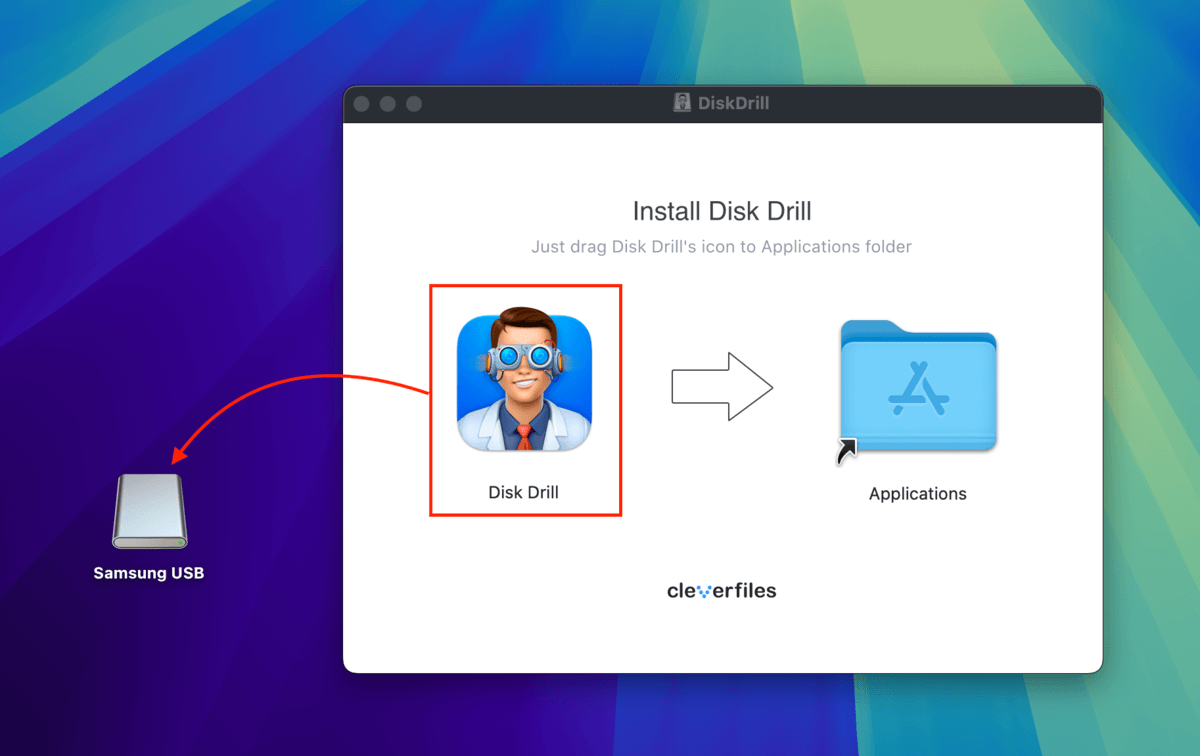
- Once Disk Drill has been installed, launch it. Then, select your Mac drive (”APPLE SSD”) and click Search for lost data.
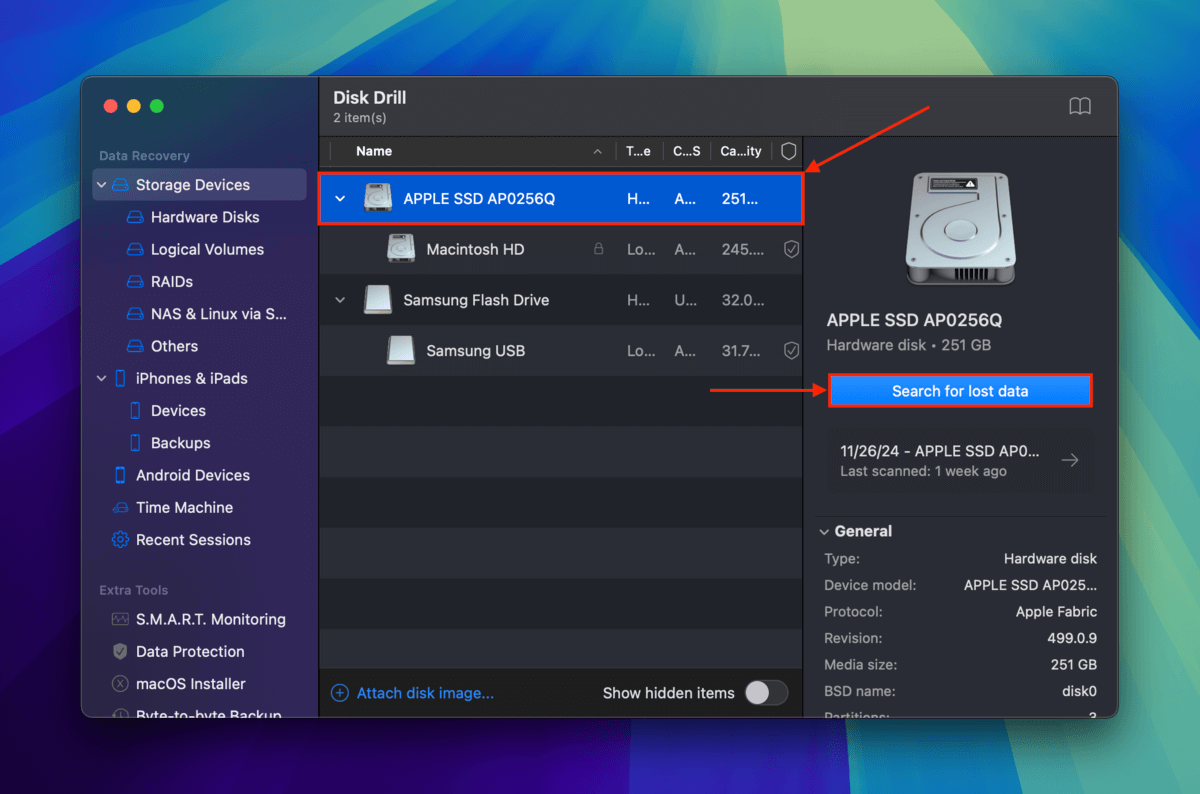
- As Disk Drill finishes scanning your Mac, click Review found items.
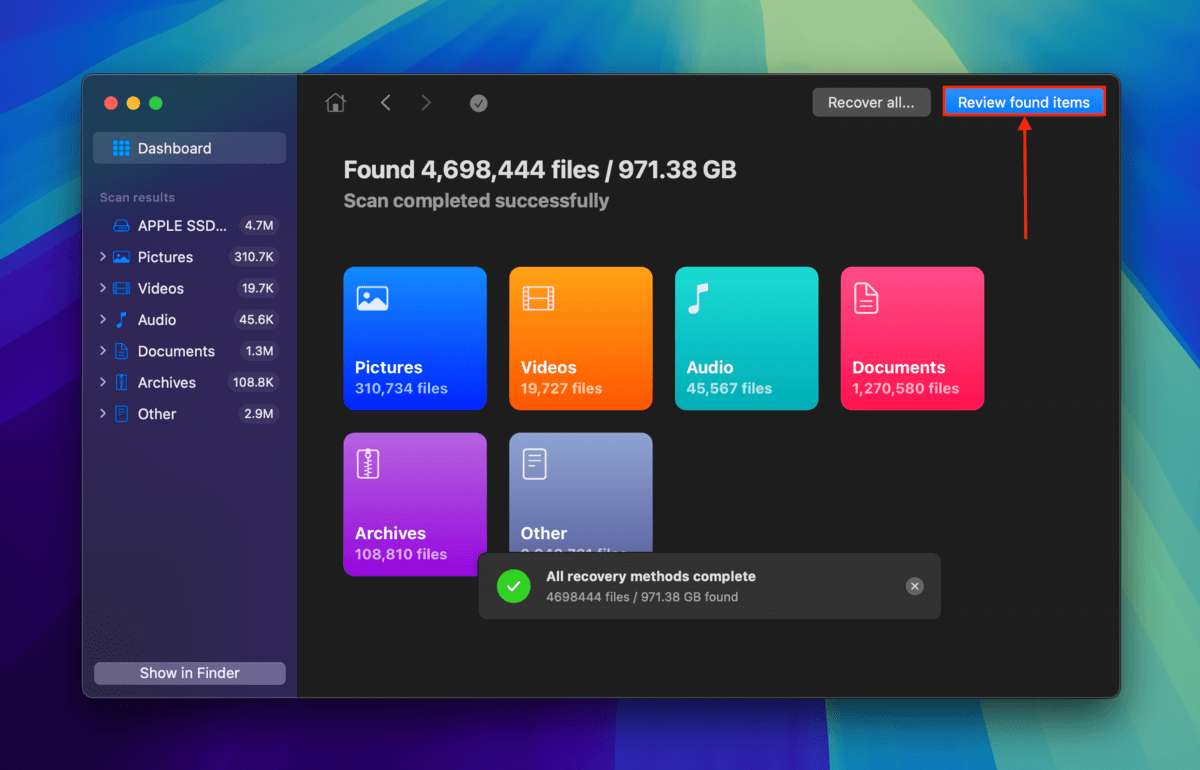
- You can use the search tool in the top-right corner of the window or the filters in the sidebar to narrow the search results to only the files you want to restore. You can preview files by hovering your mouse pointer beside their file names and clicking the eye button that appears.
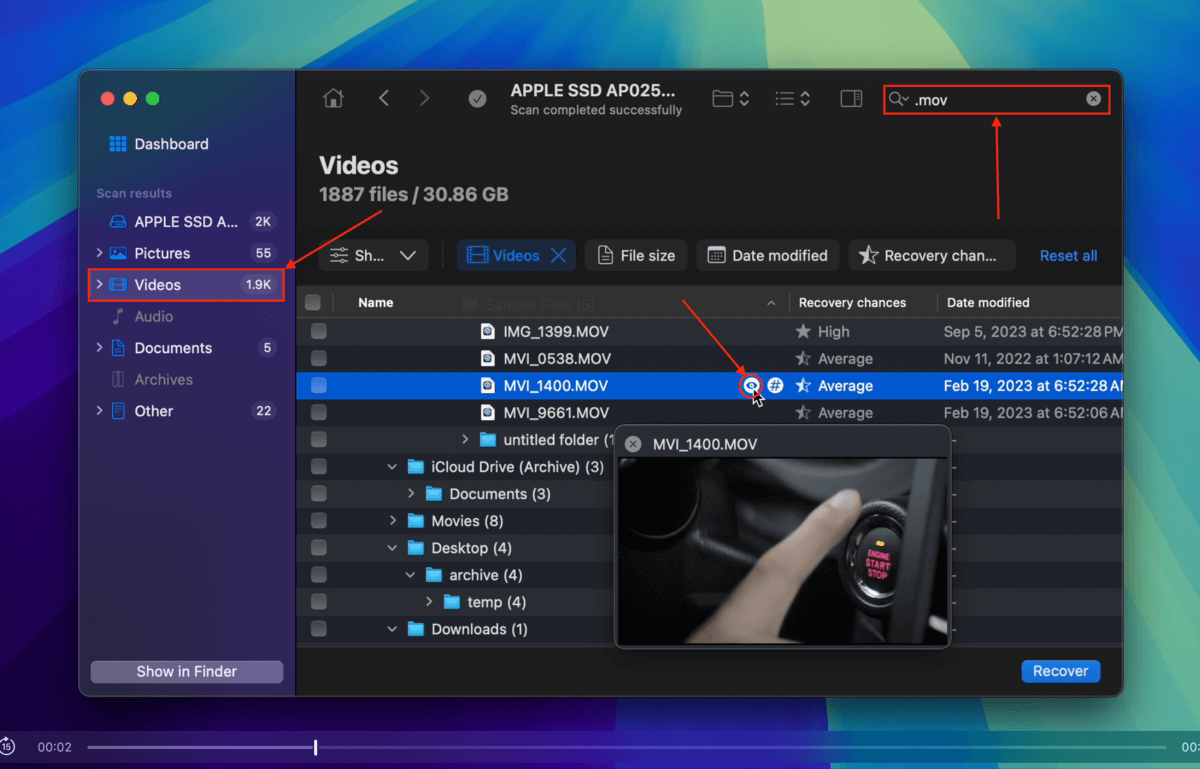
- Once you locate the files you want to restore, mark the boxes beside them and click Recover.
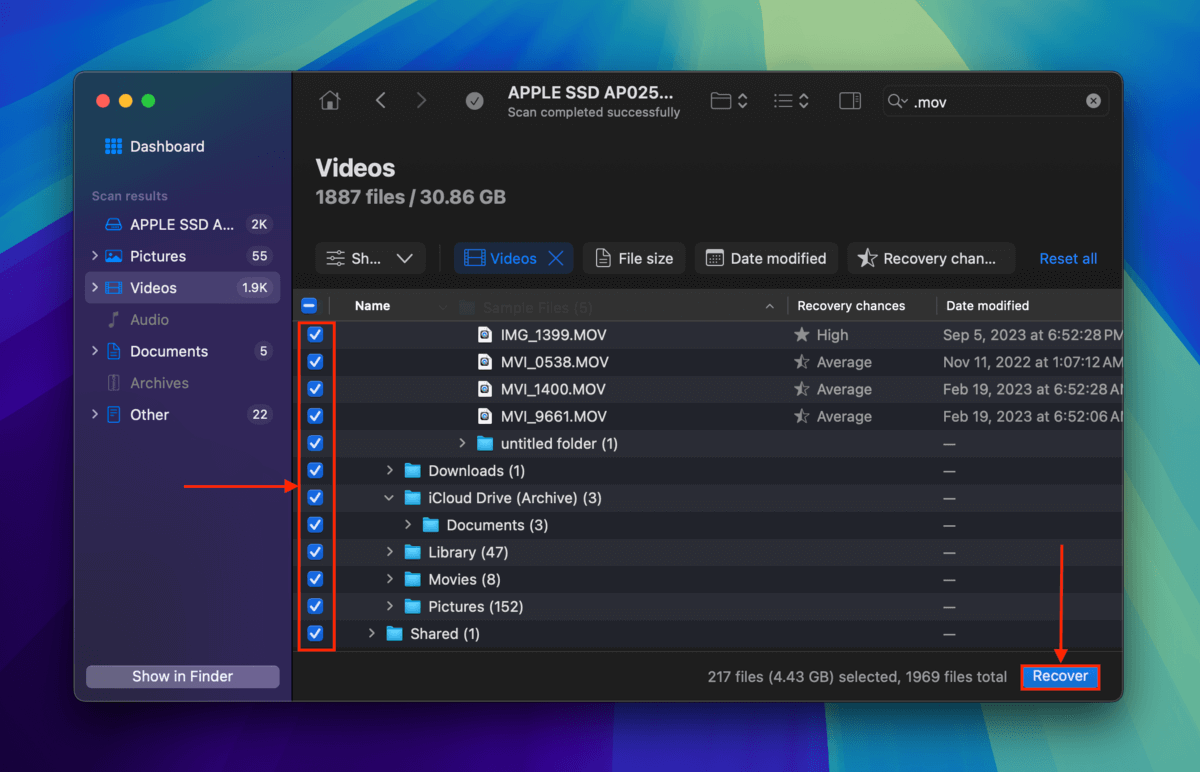
- Select the external storage device you connected in step 1 as the destination folder for the restored files. Finally, click Next.
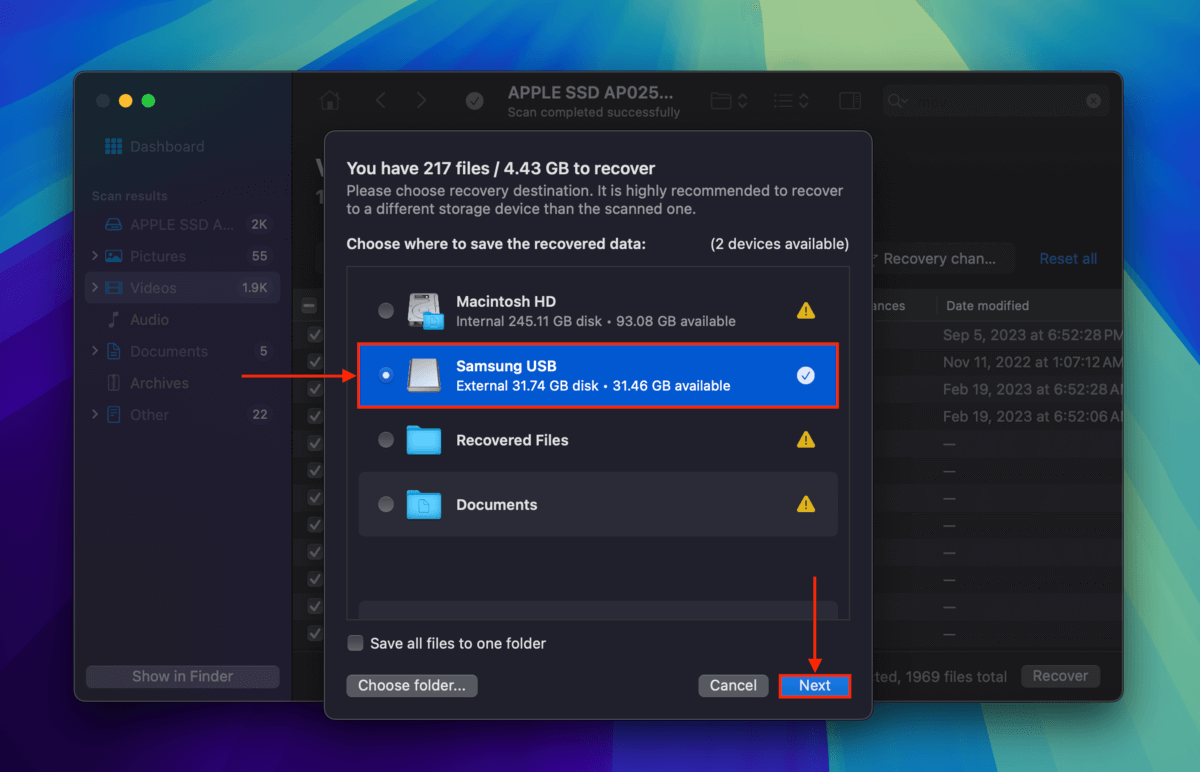
Method 3: Cloud Backup Solutions
![]() iCloud, Dropbox, and Google Drive are examples of cloud backup and synchronization tools that you can install on your Mac. Depending on how each tool is set up, it’s possible that many of your “core” folders (e.g. Desktop, Documents, Pictures, etc.) have been saved to a cloud server.
iCloud, Dropbox, and Google Drive are examples of cloud backup and synchronization tools that you can install on your Mac. Depending on how each tool is set up, it’s possible that many of your “core” folders (e.g. Desktop, Documents, Pictures, etc.) have been saved to a cloud server.
You can easily download files backed up to the cloud by visiting the cloud server’s website using any browser. As an example, we’ll demonstrate how to download saved files from Dropbox.
- On any browser, open Dropbox.com.
- Locate the folders that are synchronized on your Mac. Then, select the files and folders you want to download and click the Download button.
- Locate the folders that are synchronized on your Mac. Then, select the files and folders you want to download and click the Download button.
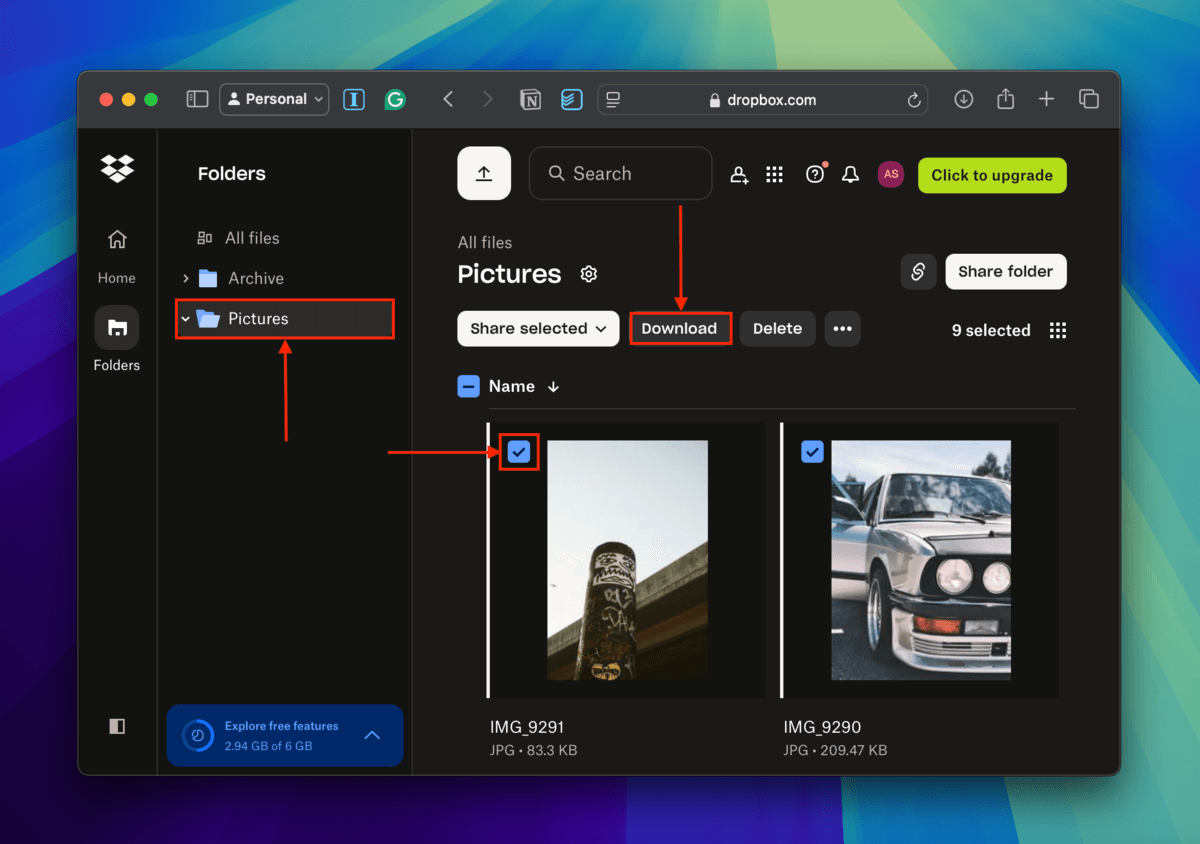
Method 4: Data Recovery Services
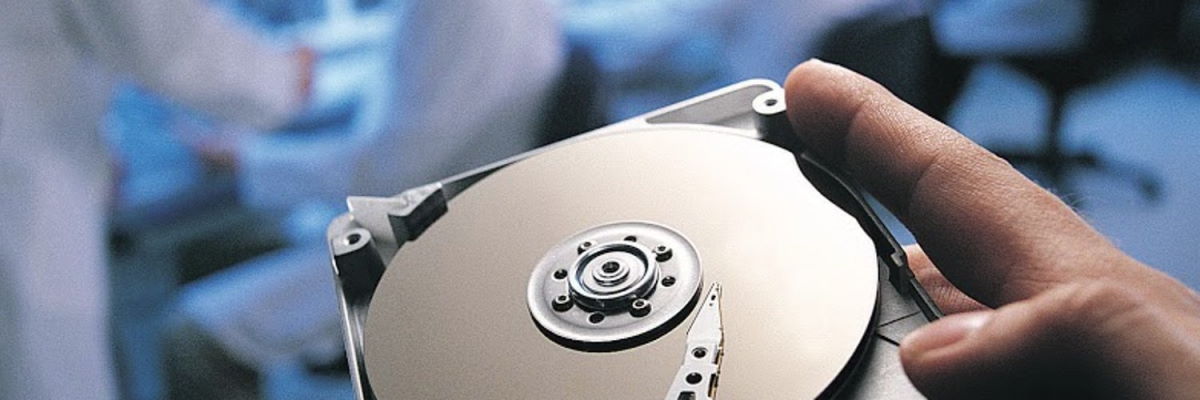
MacBooks are expensive computers, and the value of your lost data can be even higher. If DIY data recovery seems too risky to you, then you should consider shipping your entire MacBook to a professional data recovery center.
While the cost of professional data recovery can range wildly depending on the cause of data loss (more about common reasons for data loss in the last section of this article), the best data recovery centers offer a free evaluation, so you don’t need to worry about receiving an unexpectedly high bill.
Best Tools to Recover Data from MacBook Pro
There are multiple MacBook hard drive recovery tools that you can use to restore permanently deleted data from your MacBook Pro. We’ve already provided step-by-step instructions on how to use one of them, but we have yet to discuss its features and provide suitable alternatives, so let’s get to it.
1. Disk Drill for Mac
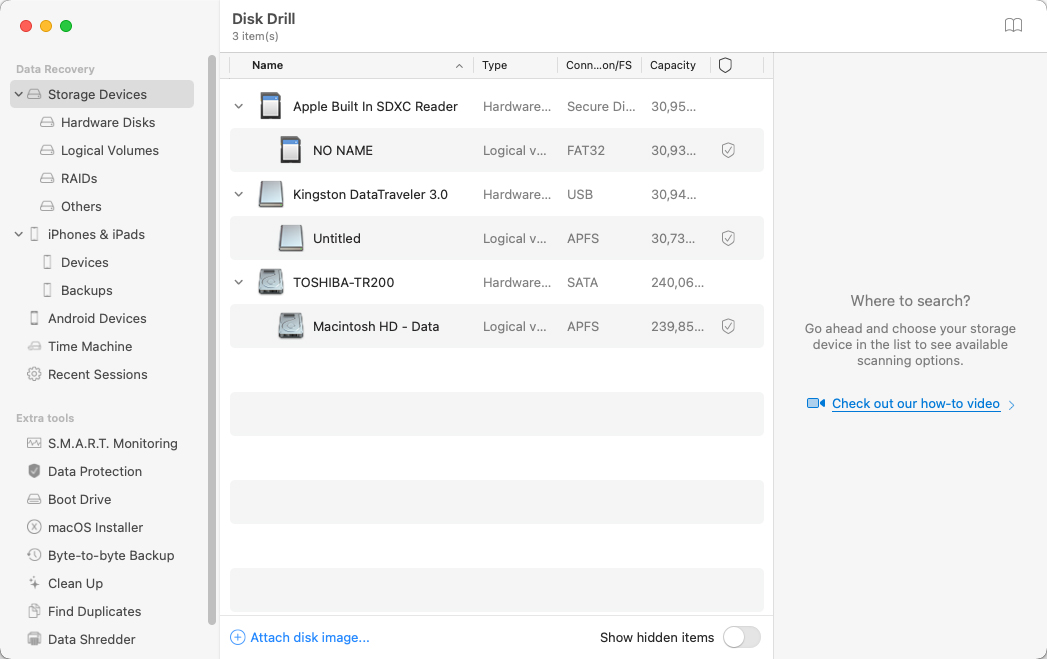
- Powerful
- Easy to use
- Automatically detects and recovers lost partitions
- Comes with extra data protection and management tools
- The free version can only preview recoverable files
Disk Drill for Mac is our favorite MacBook data recovery tool because it’s both powerful and easy to use. You can use it to recover over 400 file formats with a few clicks, and the tool can even automatically detect and restore lost partitions. Bundled with Disk Drill for Mac are several useful tools to help you keep your data protected and organized. The only downside is that the free version can only preview recoverable files.
2. PhotoRec
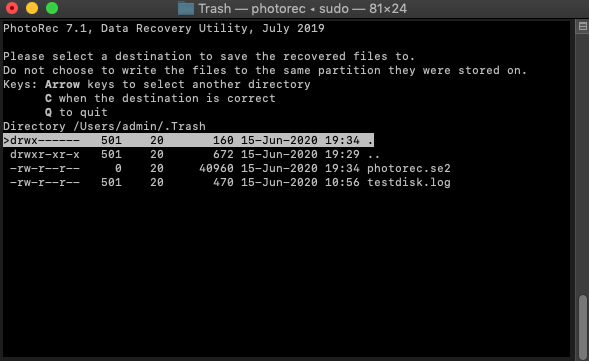
- Open-source
- Completely free
- Supports about 300 file families
- Ships together with TestDisk
- Command-line user interface
- Complicated installation
PhotoRec is the best open-source data recovery tool that runs on macOS. It’s distributed together with TestDisk, which is a very similar tool whose purpose is to recover lost partitions and/or make non-booting disks bootable again. Both tools can be installed using Homebrew. Despite what its name suggests, PhotoRec can recover more than just photos. In fact, about 300 file families are supported, including ZIP, Office, PDF, HTML, and other commonly used file formats. PhotoRec’s biggest downside is its command-line user interface.
3. iBoysoft Data Recovery for Mac
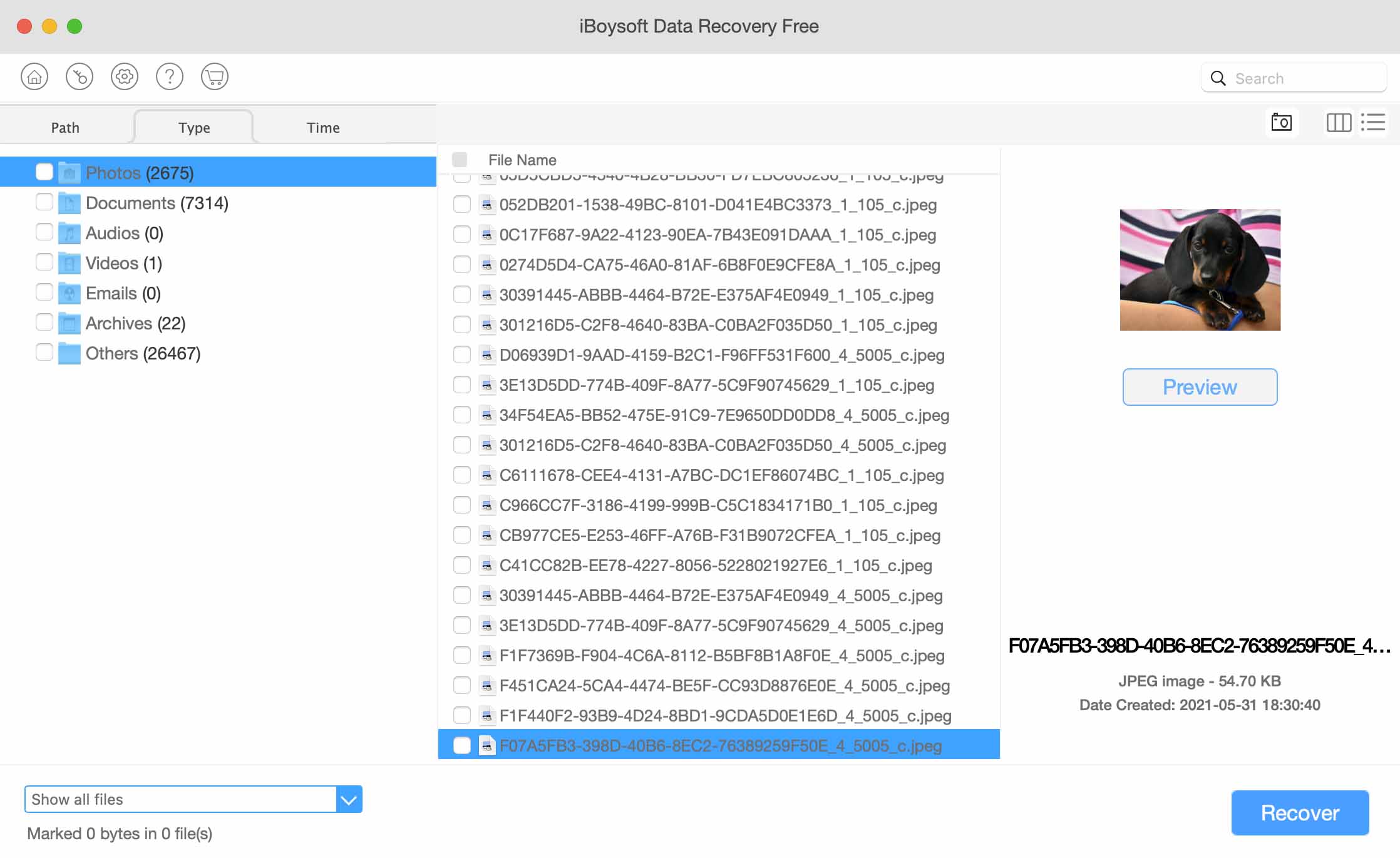
- Modern interface
- Can restore data from disk images
- 1 GB free data recovery and unlimited preview
- Tech support can only be contacted via email only
- Expensive monthly and annual subscriptions (it’s expensive when compared to other apps and when considering its capabilities)
iBoysoft Data Recovery for Mac is a relatively well-known app with a decent range of supported Mac file formats (the exact number is unknown). Like Disk Drill, it also has a good-looking interface that makes it easy to restore files. Its 2 major downsides is that it’s seriously expensive for what it offers and it doesn’t get updated as often (but iBoysoft does support the latest macOS as of this writing).
Is it Possible to Recover Data from a Dead MacBook Pro?
Recovering data from a dead MacBook Pro can seem a lot more difficult, since you don’t have an interface to work with. Worse, attempting an improper recovery may damage your drive even further and lead to permanent data loss.
If your MacBook’s drive is removable, data recovery is a lot easier. You can just remove it from your computer and plug it into another Mac using an adapter or docking station, and scan it with data recovery software from there.
However, recovering a permanent internal drive is a bit tricky – but with the right tools, it’s perfectly doable even for non-tech savvy users. Below are easy-to-follow guides for two safe methods to recover data on a dead MacBook. Follow along, and you should be fine.
Method 1: Use Target Disk Mode
Target Disk Mode is a useful feature that turns a MacBook into an external storage device. You can connect it to another MacBook and use Disk Drill to scan your dead MacBook as if it were a regular external hard drive.
Step 1. On the working MacBook, download and install Disk Drill.
Step 2. Connect the two Macs via your cable (you may need a Thunderbolt to FireWire adaptor just in case they use different ports).
Step 3. Now on the dead MacBook, boot into Target Disk Mode by pressing the power button and holding (T).
Step 4. The working MacBook should read your dead MacBook as an external drive. On the working MacBook, run Disk Drill and scan your dead MacBook. Then, you can proceed with recovery as normal – make sure to save your files to the working MacBook to avoid overwriting data!
Method 2: Run Disk Drill From an External macOS Drive
The second method runs Disk Drill via an external macOS drive. First, we’ll have to install macOs onto an external drive using a working Mac, then we’ll boot into that external drive and use it to scan the dead MacBook.
Step 1. Plug in your external storage device to another MacBook (make sure it has at least 50GB or more for a clean install, plus enough storage space for your data).
Step 2. Open Disk Utility by opening Finder > Applications > Utilities > Disk Utility.
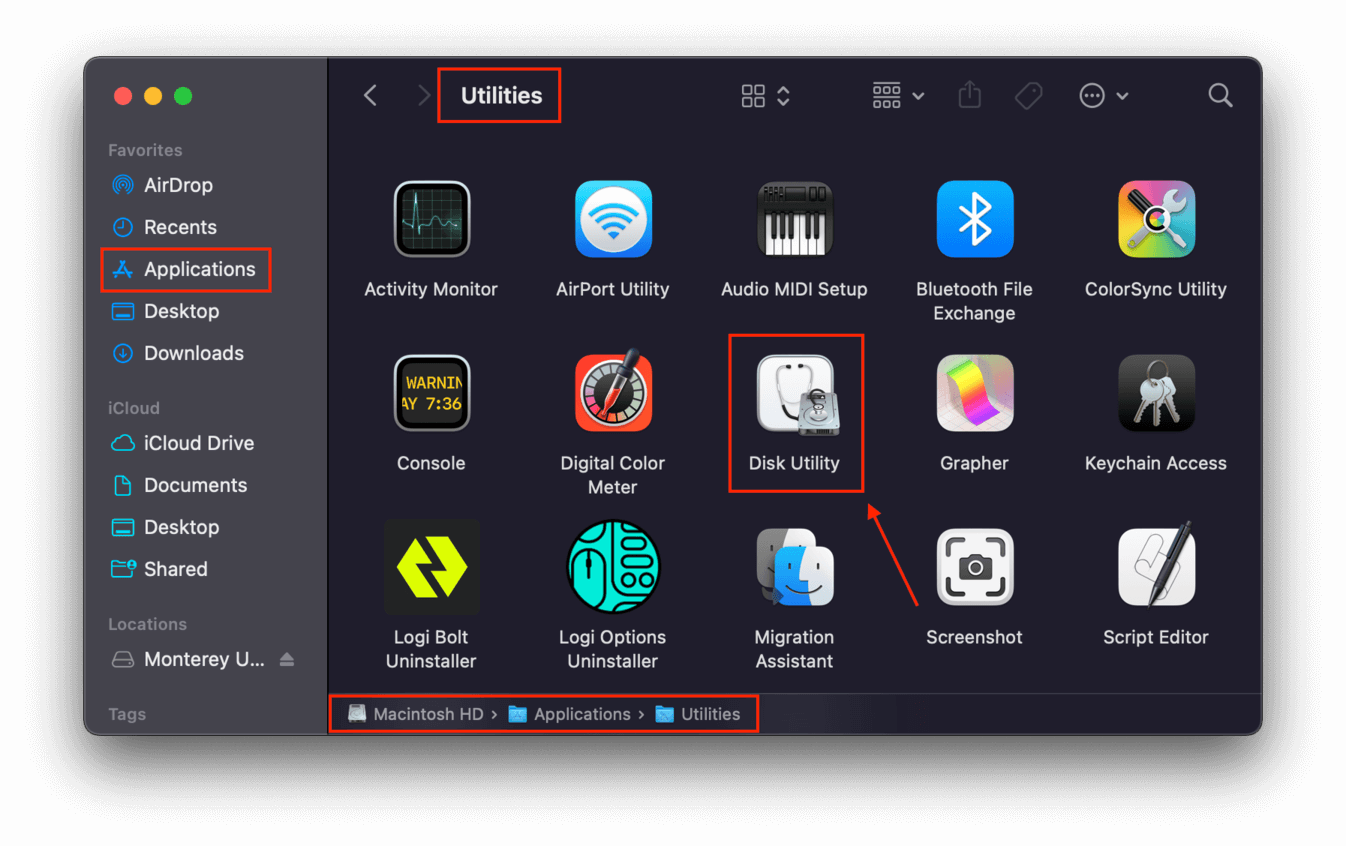
Step 3. Click the sidebar button on the top right corner of the Disk Utility window, then click “Show All Devices.”
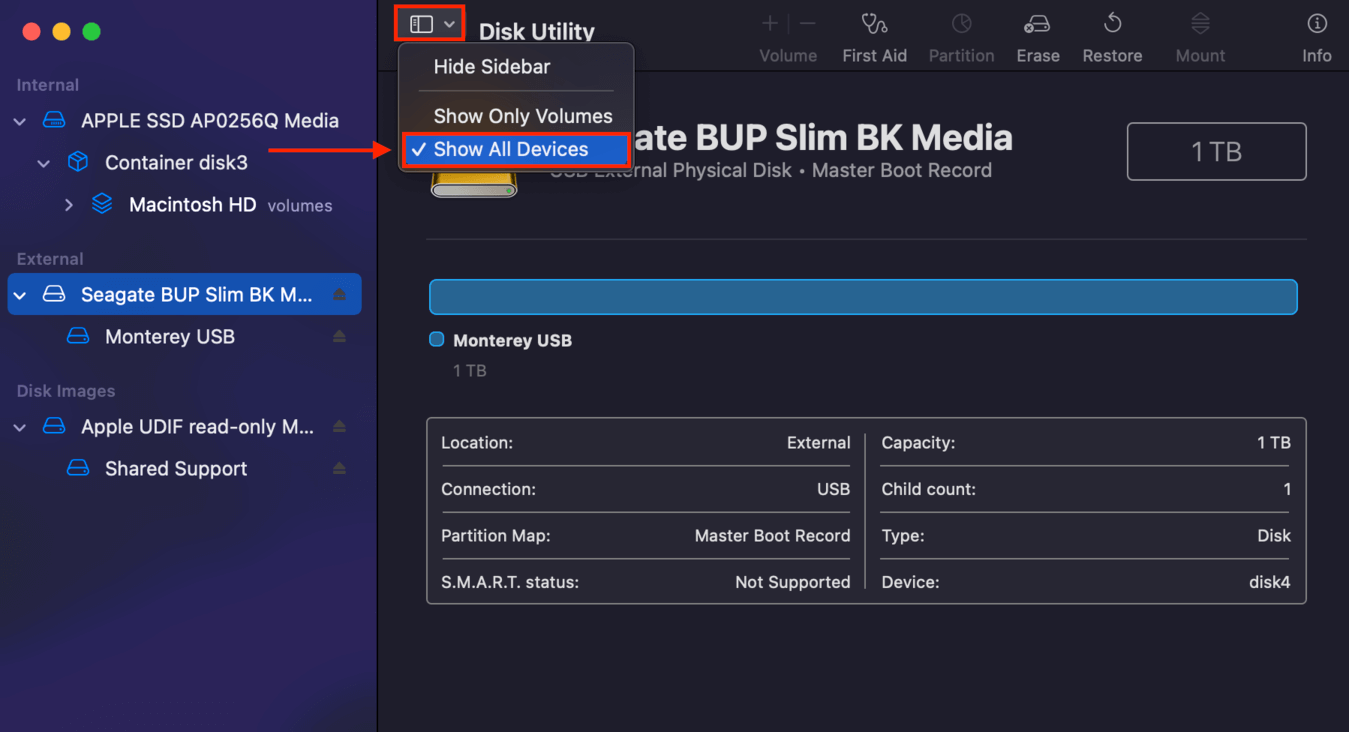
Step 4. Select the external drive (not just the volume) on the left sidebar, then click the “Erase” button on the top-right side of the window.
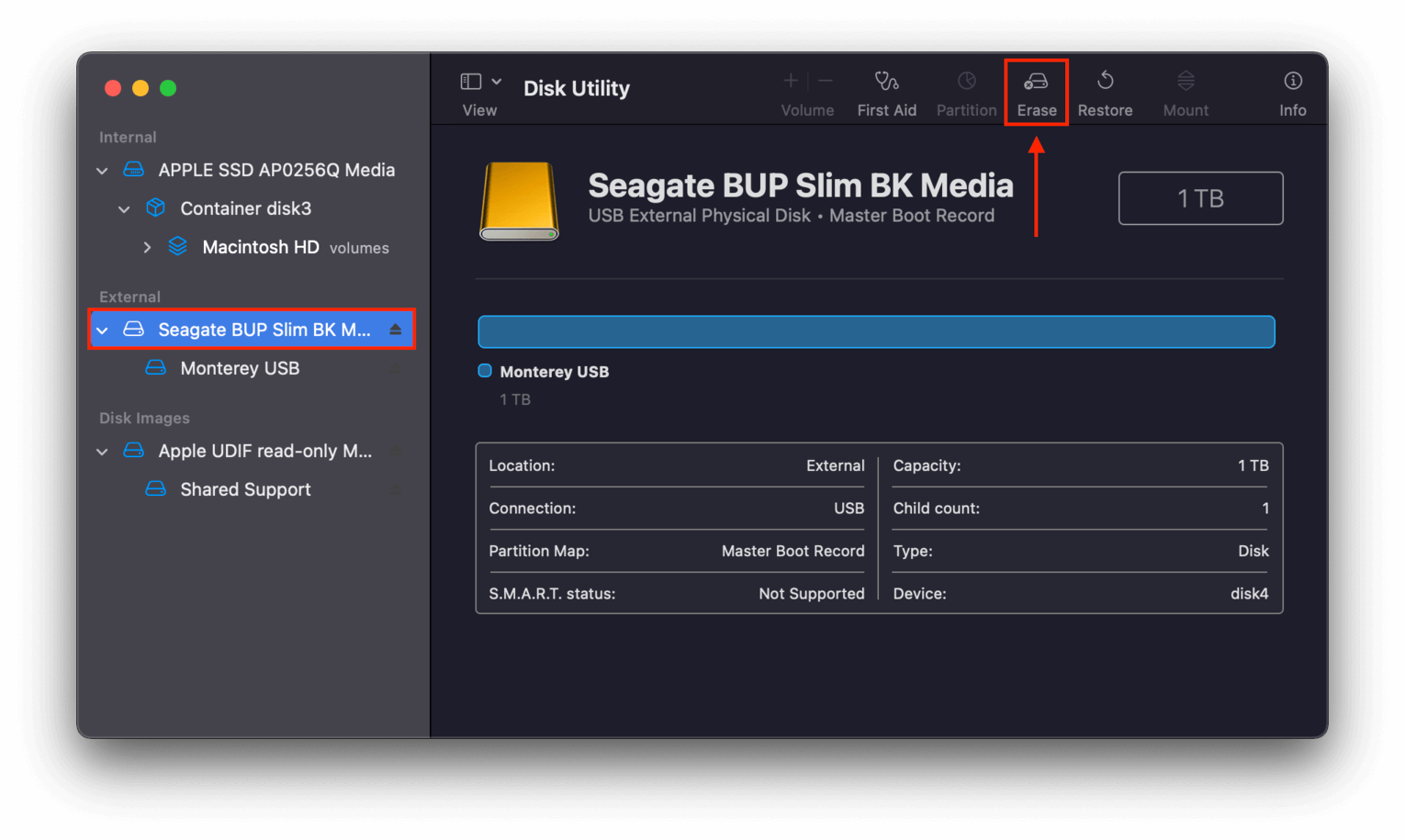
Step 5. Name your drive something like “Monterey USB.” For the Format, choose APFS and GUID Partition for the Scheme. Then, click Erase.
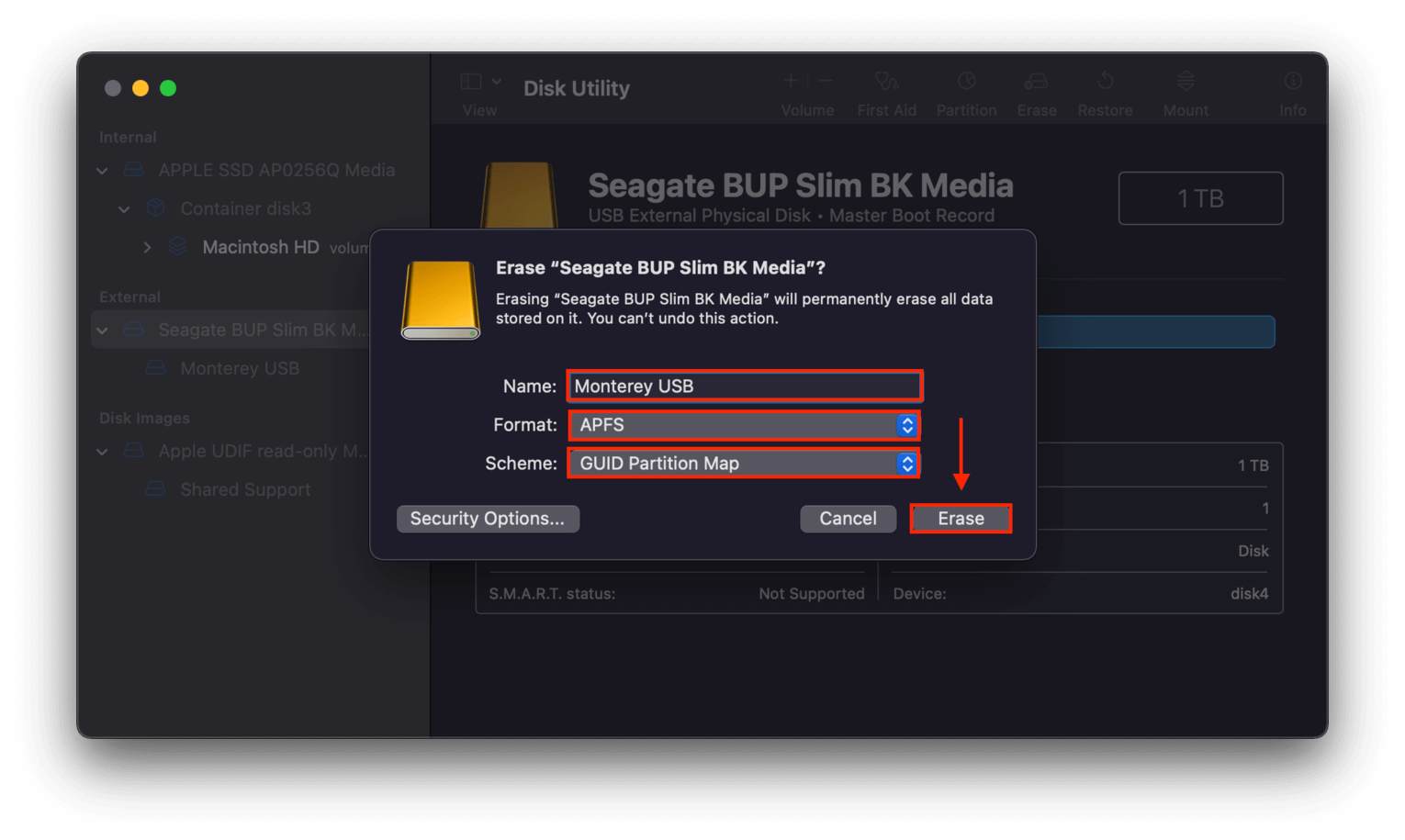
Step 6. Download the Monterey macOS installer (or whichever version you choose) from the App Store, but don’t install it yet.
Step 7. Run the installer by double-clicking its icon in Finder > Applications.
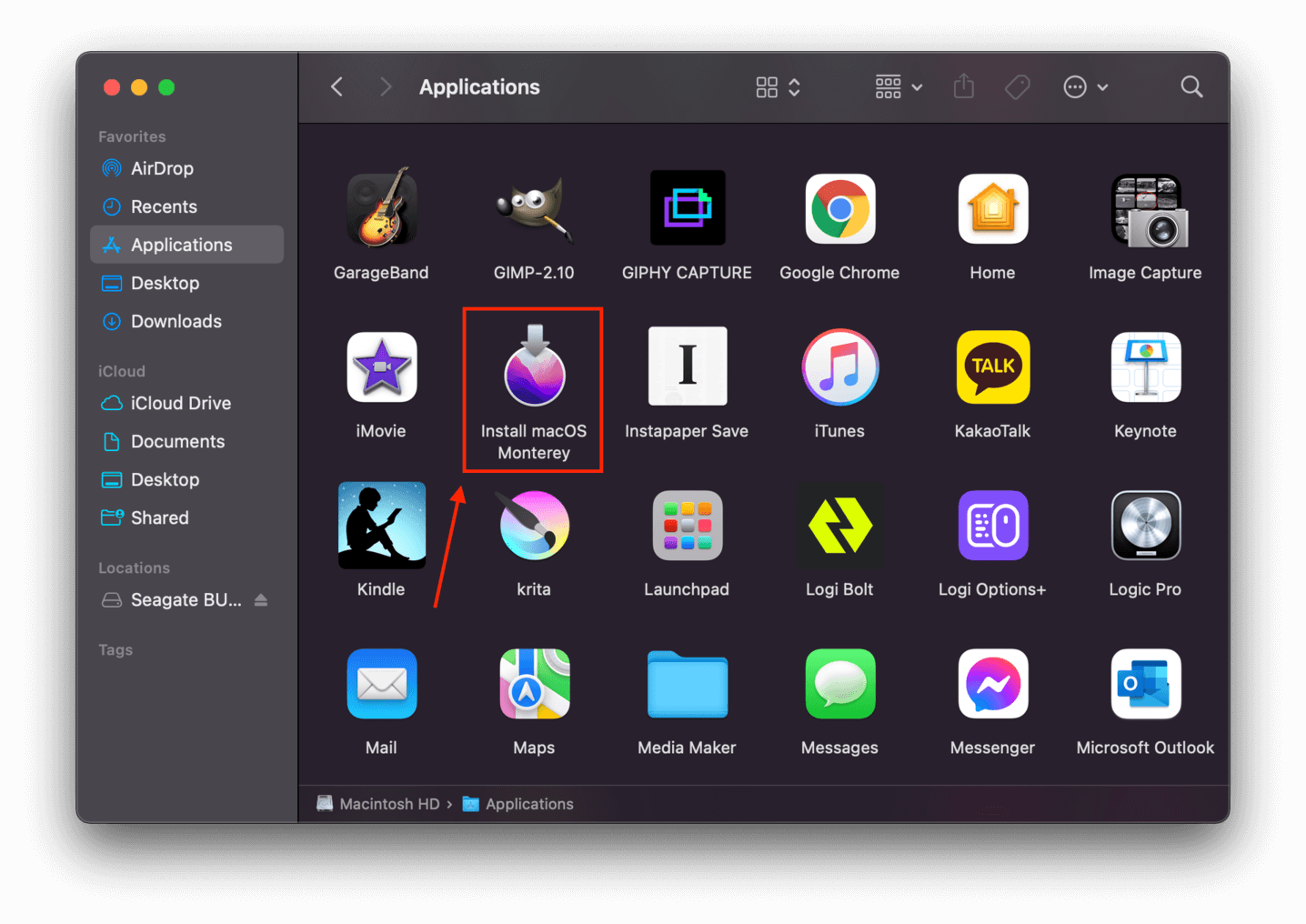
Step 8. Click Agree to the license terms, then select Monterey USB (or whatever you named your external drive) for the installation destination.
Step 9. Once the installation is complete, you can now boot into macOS on your external drive. Turn on your Mac, then immediately press and hold the Option (⌥) key. Release it when your bootable volumes appear on-screen. Select your bootable macOS drive and click the up arrow or press Return.
Step 10. Once you’ve booted into MacOS on your external drive, download and install Disk Drill and run it from the Applications folder as normal. Select your dead MacBook from the sidebar (which should appear as an external drive), scan it, then save the data you need onto the working MacBook.
At least one of these methods should work to extract data from a dead MacBook. Just make sure to save your recovered data onto a storage device other than the dead MacBook (such as the working MacBook) to avoid overwriting your files.
Conclusion
Fortunately, recovering deleted files from a MacBook Pro isn’t just possible – there are even multiple ways to do it depending on your skill level and the factors involved (such as TRIM). Just remember, DIY solutions only work for logical damage, like accidental deletion, viruses, or corruption.
But if your drive was physically damaged, hire a reliable data recovery service instead to avoid permanent data loss.
But in order to avoid this situation altogether, we strongly recommend that you set up a backup system on your Mac. We suggest using Time Machine so your files are continuously secured in the background. When it comes to data security, prevention is always better than cure!
FAQ
To recover data from an unbootable MacBook, try the following methods:
- Target Disk Mode – Connect your dead Mac to a working Mac and boot your dead Mac into Target Disk Mode. You can then use data recovery software (installed on the working Mac) to scan the dead Mac, which now appears as an external drive.
- Create Bootable USB – Install macOS on an external storage device. Boot into macOS using that device and install data recovery software. Then, you can run data recovery software from your “portable” macOS and scan your old system drive.
Yes, there are 2 ways to recover data from a dead SSD drive (but it’s not guaranteed):
- Use data recovery software to restore your data yourself. Depending on the severity of the issue, some data recovery software may be able to detect and scan a dead SSD.
- Send your SSD to a reliable data recovery service. Recovery chances with this method are much better because such services are equipped with the tools, facilities, and personnel needed to perform high-level recovery.



